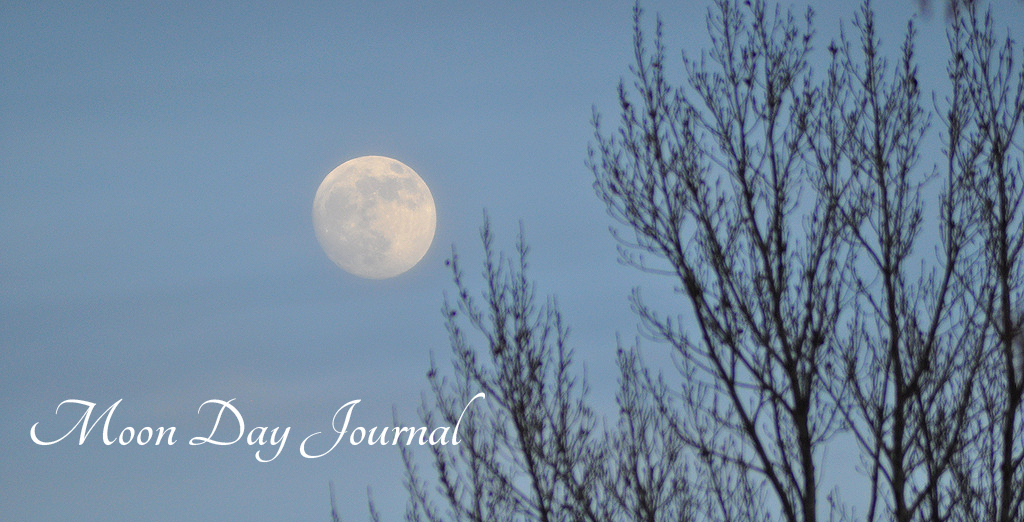Mara's Last Trick
The mythic story of the Buddha's enlightenment includes an assault on the meditating Siddhartha by Mara, the trickster bent on keeping humans stuck in samsara, realm of endless rounds of suffering. First, Mara launches an army to engender fear. Next he sends his beautiful daughters to encourage sensual craving. Finally, when neither of those works, he seeks to instill doubt by asking, "By what right to you presume to gain Enlightenment? Who do you think you are?" Siddhartha responds by touching the ground before him. At this, the earth goddess arises to vouch for the seriousness and effectiveness of his practice over many lifetimes, and Mara must withdraw, defeated.
Well, Mara's trick has been working on me for the past few months, has kept me stuck, with reflections and inspirations coming and going and never rising to a level of overcoming my writer's block. I have written many words over my lifetime. I have authored six substantial books and so many articles, reports and memos I long ago lost track. I know there was creativity involved in all that work, but I don't see it as "creative" writing because it was written for someone else's purpose. It did not come from my need to express myself. That's where Mara comes in, with the challenge: "What makes you think you have a "myself" worth expressing, worth putting out there for others to see?"
Lately, however, I have felt a growing pressure of thoughts piling up, wanting to be worked through more thoroughly. In Words Are My Matter, Ursula Le Guin suggests that some things just demand to be written, ". . . purely on the principle of E. M. Forster's lady, who said, 'How do I know what I think till I see what I say?'" Gradually this principle has worked on me and brought me to the point I guess all creative people must get to, where I feel ready to write for myself, whether or not my writing will ever be worth anything to anyone else.
I am posting this on April 3, but I wrote it on March 27, the first new-moon day of Spring -- an auspicious time time for a fresh start if ever there was one. May the knowledge accumulated in the various phases of a long life, which feel like previous lifetimes to me now, inform and enrich my reflections on current experiences. May my Dharma study and spiritual practice help me approach myself and the world always with the deep calm and profound kindness exemplified by the Buddha.


















